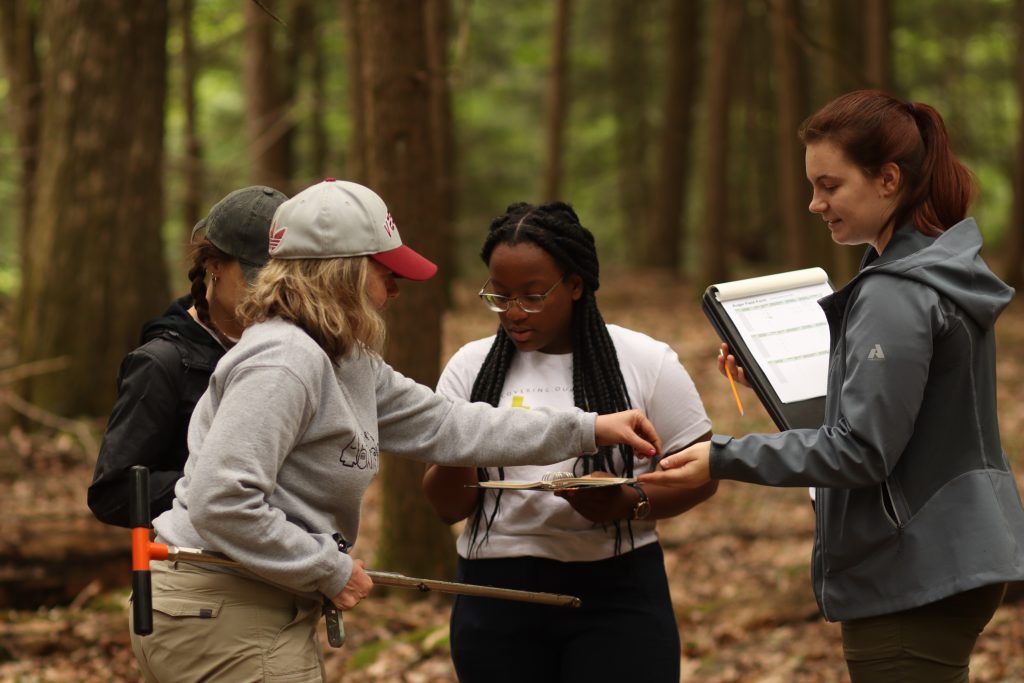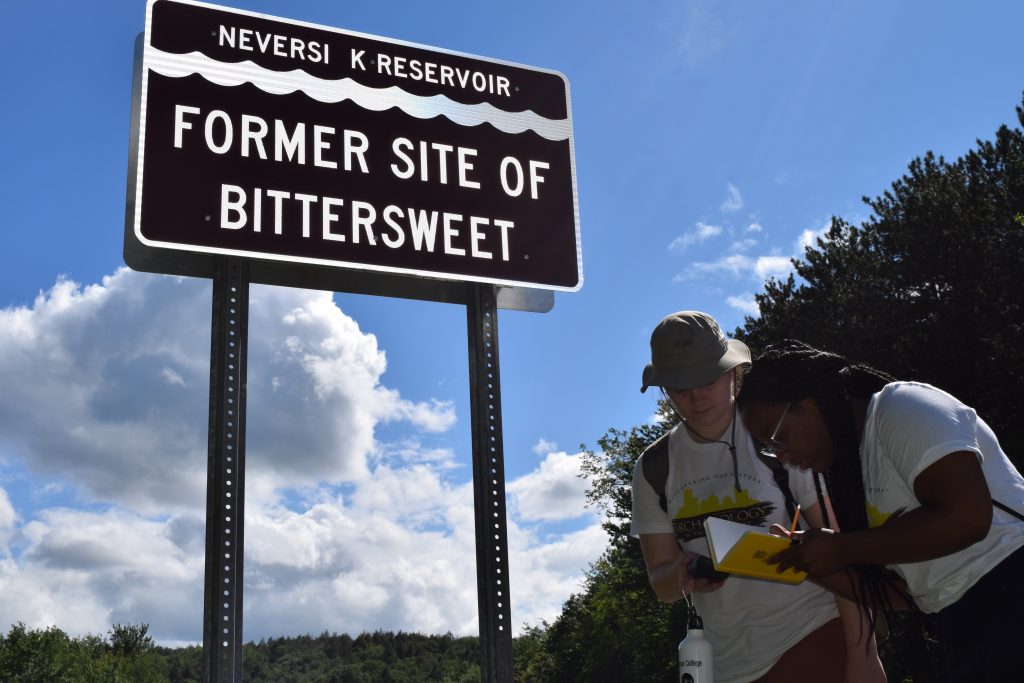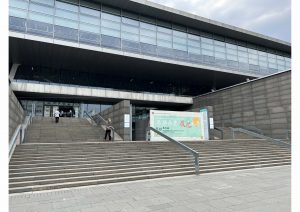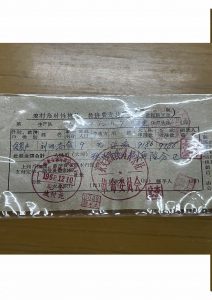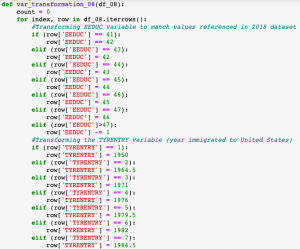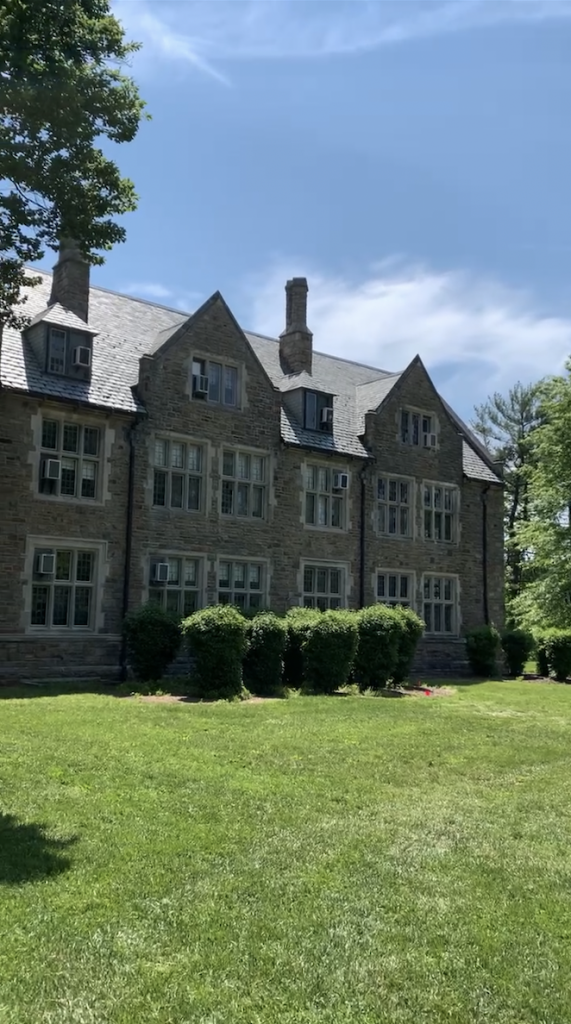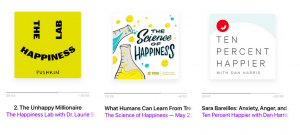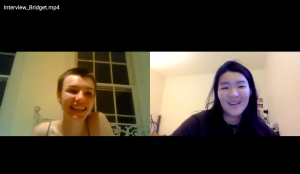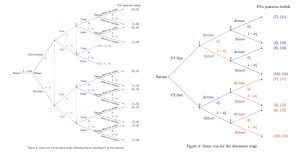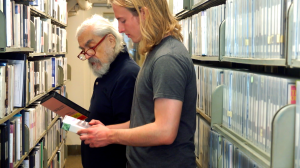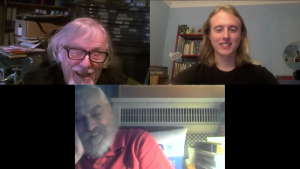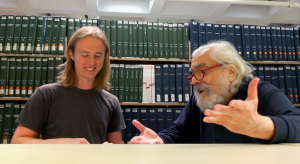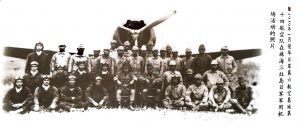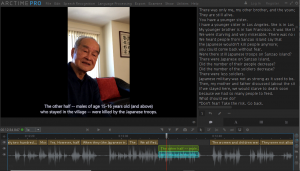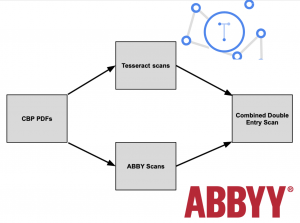With Heejae Jung—
Our research with Professor Rebecca Edwards examined the phenomenon of “hyperfertility,” in which women bore a number of children far higher than the estimated historical “natural” fertility rate of three to eight children. To get a broad, demographic sense of these hyperfertile women, we made use of AncestryLibrary’s search function to access every single woman listed in the 1900 US Federal Census who when asked, “How many children have you born?” answered twenty or more. We cataloged 3,000 out of a total of more than 3,400 of these women using spreadsheets.
More than half of the women we encountered were black women born in the South before emancipation—into slavery. A few other women were Mexican immigrants or descendants. Still others were European immigrants. Native-born white women numbered comparatively few. We ran statistics on child survival rates (the percentage of children these mothers reported as still living in 1900, which averaged around 30% across all of the women we recorded), created five-year age cohorts to gauge whether any particular years saw spikes in reproductive labor (possibly correlated to economic recessions or rising slave prices), and generated state maps to recognize any geographic patterns or clusters of interest.
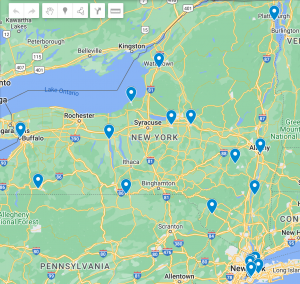
Many of the women who resided in New York were clustered in the NYC area. Most of these were immigrants from Europe.
In the case of rural black Southern women, we discovered a general correlation with maps of the Cotton Belt—the locations of cotton plantations. Heejae conducted a study of the percentages of black women who remained in their birth states, noticing higher persistence rates in certain states over others.
On one of our last days of the project, we explored city directories at the New York Public Library, where we found a predominantly white and male retelling of events. An obituary in Greene County, Alabama, for example, honored the “father of 26 children” while burying the mother’s name. Looking through the America’s Historical Newspapers database revealed a similar pattern: obituaries frequently honored patriarchs of large families but provided little insight into the mothers who had borne those children.
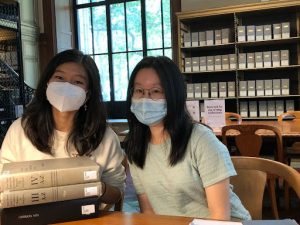
We also searched for stories of individual women and their families. In Heejae’s search for the voices of indigenous women, she examined the Indian-Pioneer Papers, and found the theme of displacement—the lack of knowledge about their mothers’ surnames or their own places of origin—to be prevalent. For example, Rachel Alexander Perryman, a Creek Indian woman and a mother to seventeen children, was described by her daughter as someone who “did not know when she was born or exactly where – just some place northwest of Tulsey Town.”
Among Black and European immigrant women alike, midwifery served as a form of reproductive resilience and community-building. Due to the lack of accessible and affordable care for expectant mothers from impoverished or marginalized backgrounds, midwives were often not only a necessary but the preferred alternative to doctors. According to Alabama midwife Margaret Charles Smith, midwives were entrusted with the burden of saving and delivering lives while being subjected to intense scrutiny from the public. She wrote, “the midwife has all the brunt to bear on her. If anything bad happens to the mother, they’re calling you in. The doctor goes there and does what he’s going to do. Gives her a shot and bye-bye. It may do good or it won’t do good, bye-bye. The underground is you working, you deliver the baby, but you aren’t supposed to be there. You don’t have a license to be there. See, they never did allow the midwives to deliver white people. But I did.”
Smith’s account of the double standards surrounding assisted childbearing complemented scholarly findings of hyperfertility as both a commonplace and stigmatized practice. Secondary sources further revealed the complex function of female reproduction as an outlet for individuals to project their racist attitudes toward non-white women as “primitive” beings who unknowingly endangered their children. After the Civil War and the emancipation of slaves, fertility also served as an entry point for people to dispute the sexual objectification of white versus non-white bodies.
Another source we looked at was interviews of formerly enslaved people conducted in the 1930s by the WPA Federal Writers’ Project. One interviewee was Laura Clark, an 86-year-old black woman living in Livingston, Alabama. She was one of twenty-two children born by her mother on a plantation in North Carolina. At the age of six or seven, Laura was sold away from her mother alongside ten other unrelated children to an Alabama plantation. She herself had nine living children at the time of the interview, and said, “I had mo’n dat, but some come here dead and some didn’t… Dey ain’t a graveyard in dis here settlement roun’ Prospect where I ain’t got chillun buried.” Laura Clark’s story reflects the realities of the women who bore large numbers of children: that such reproductive patterns, whether coerced or not, were connected to a demand for labor, and often meant that mothers and children alike suffered disease, injury, and loss to fuel that demand.

